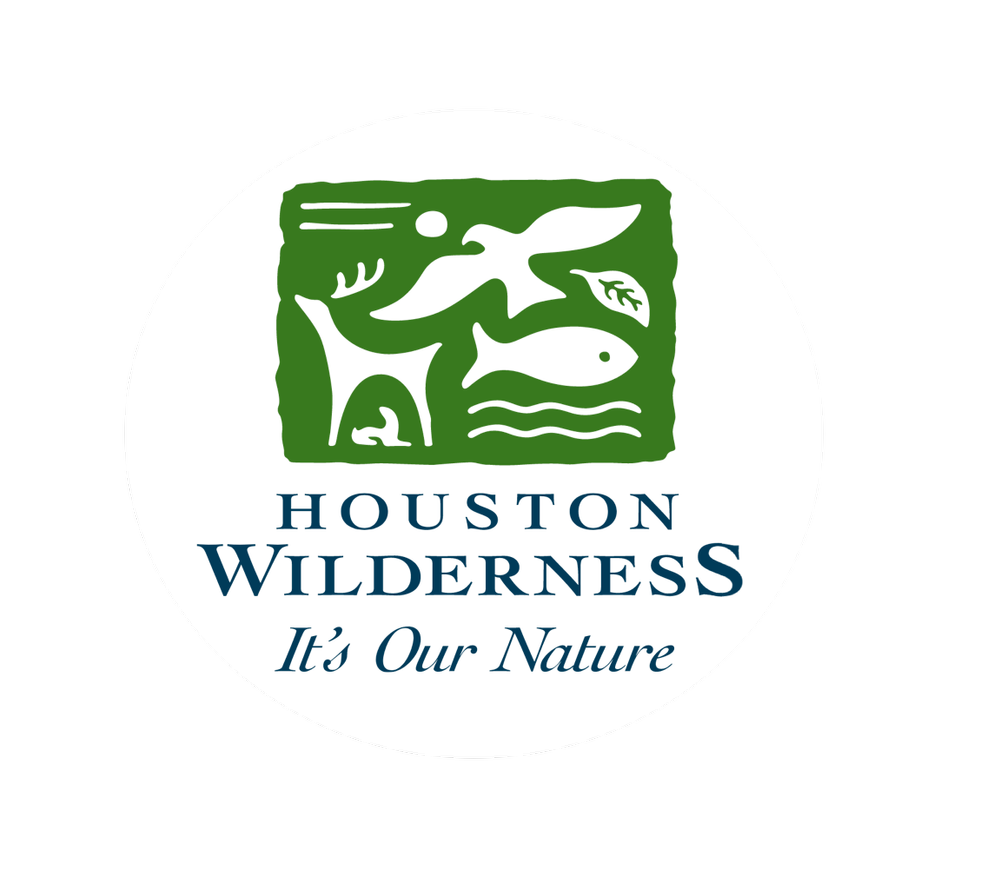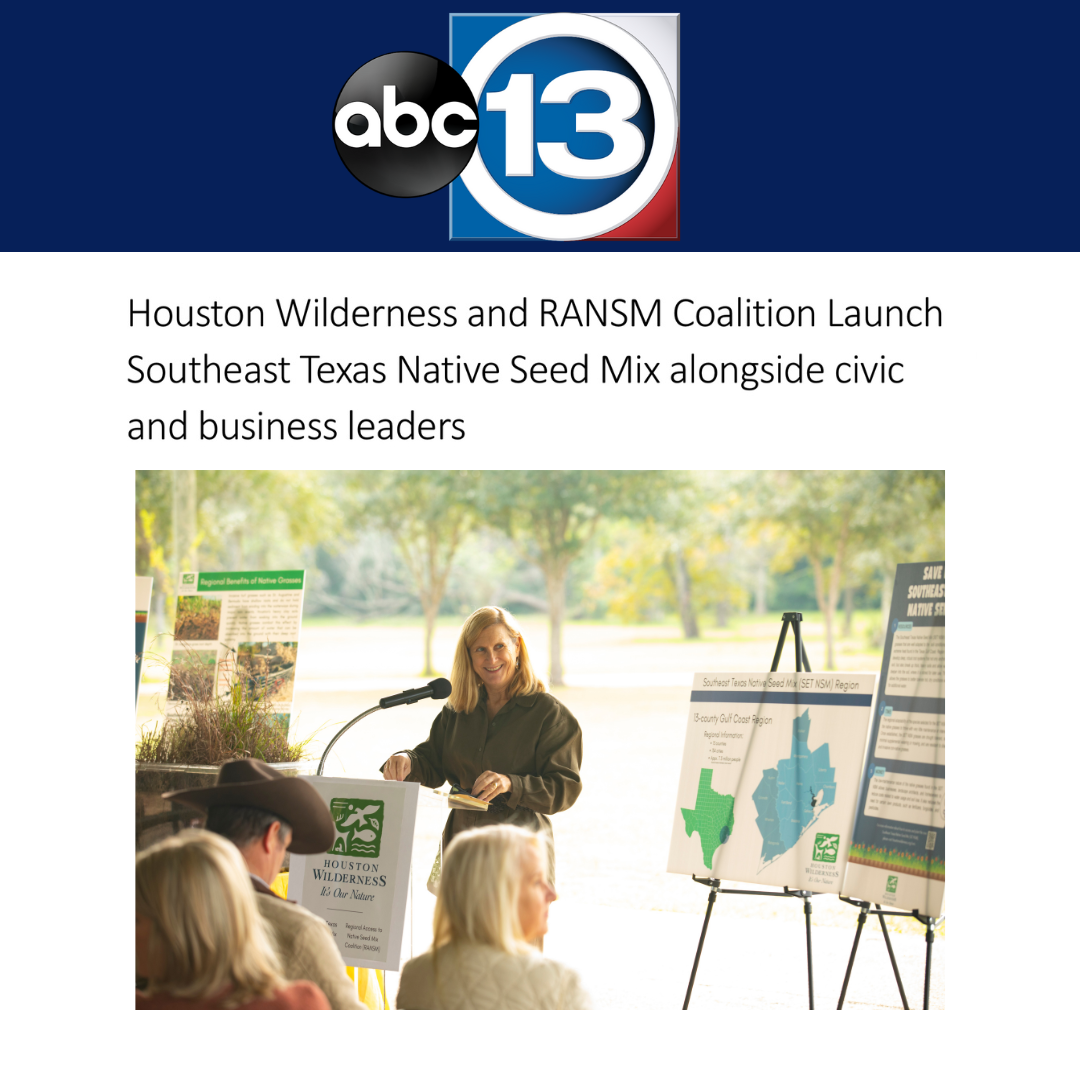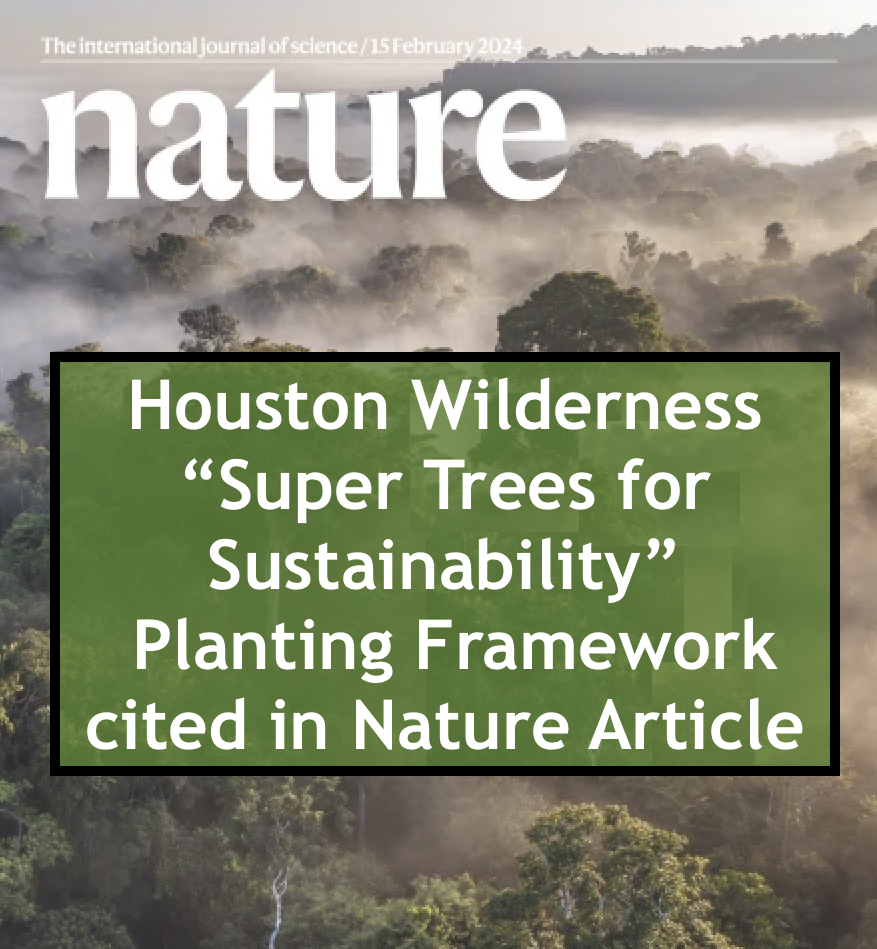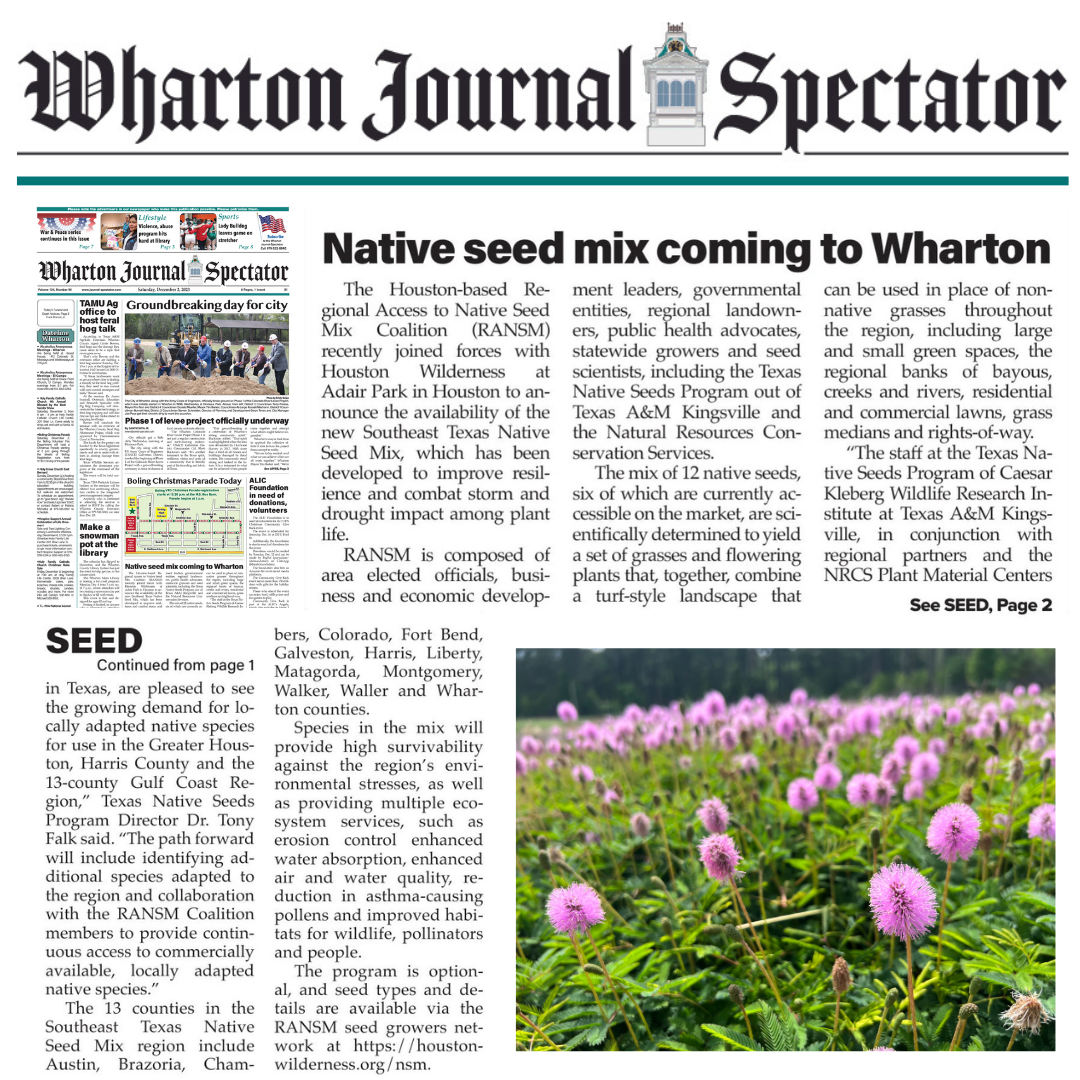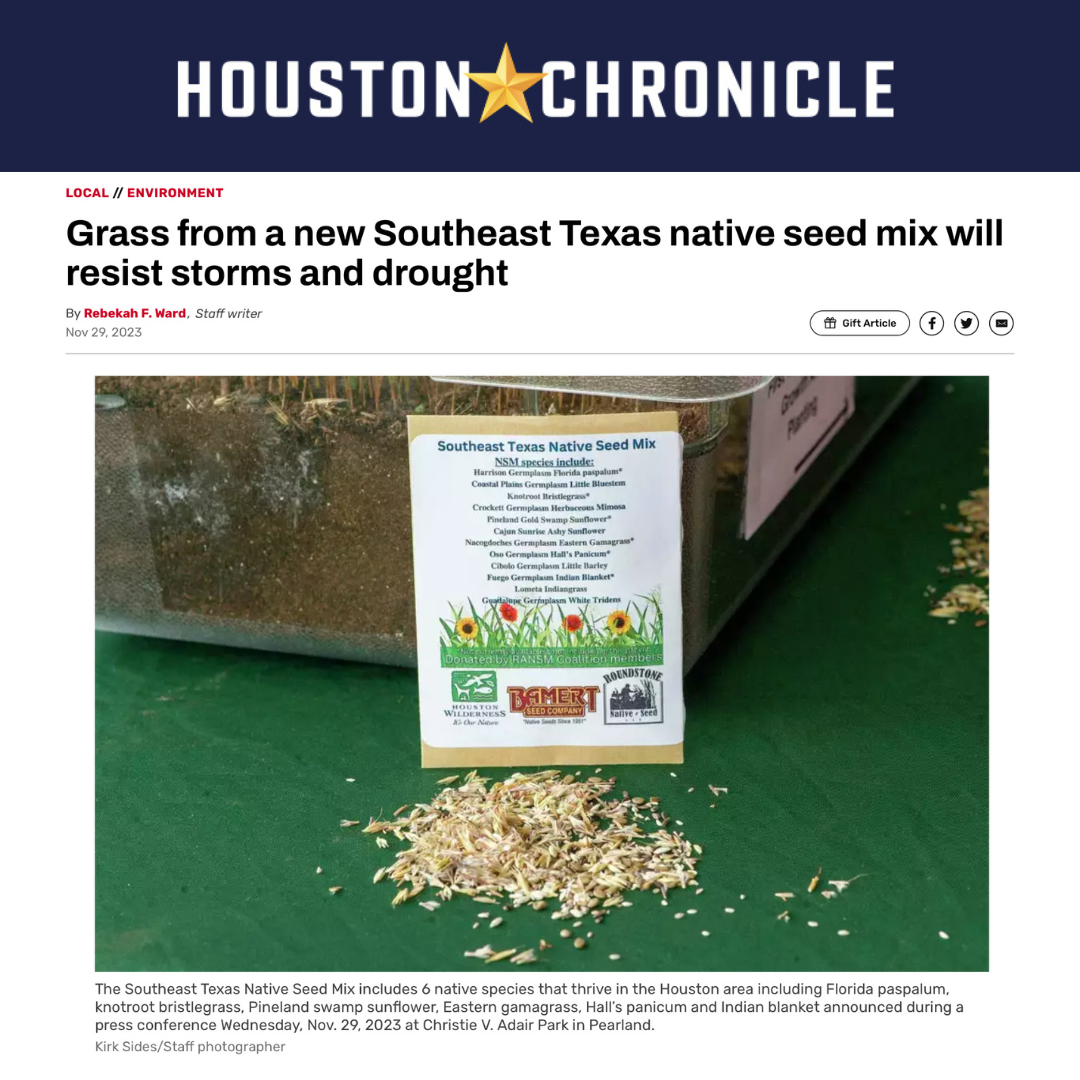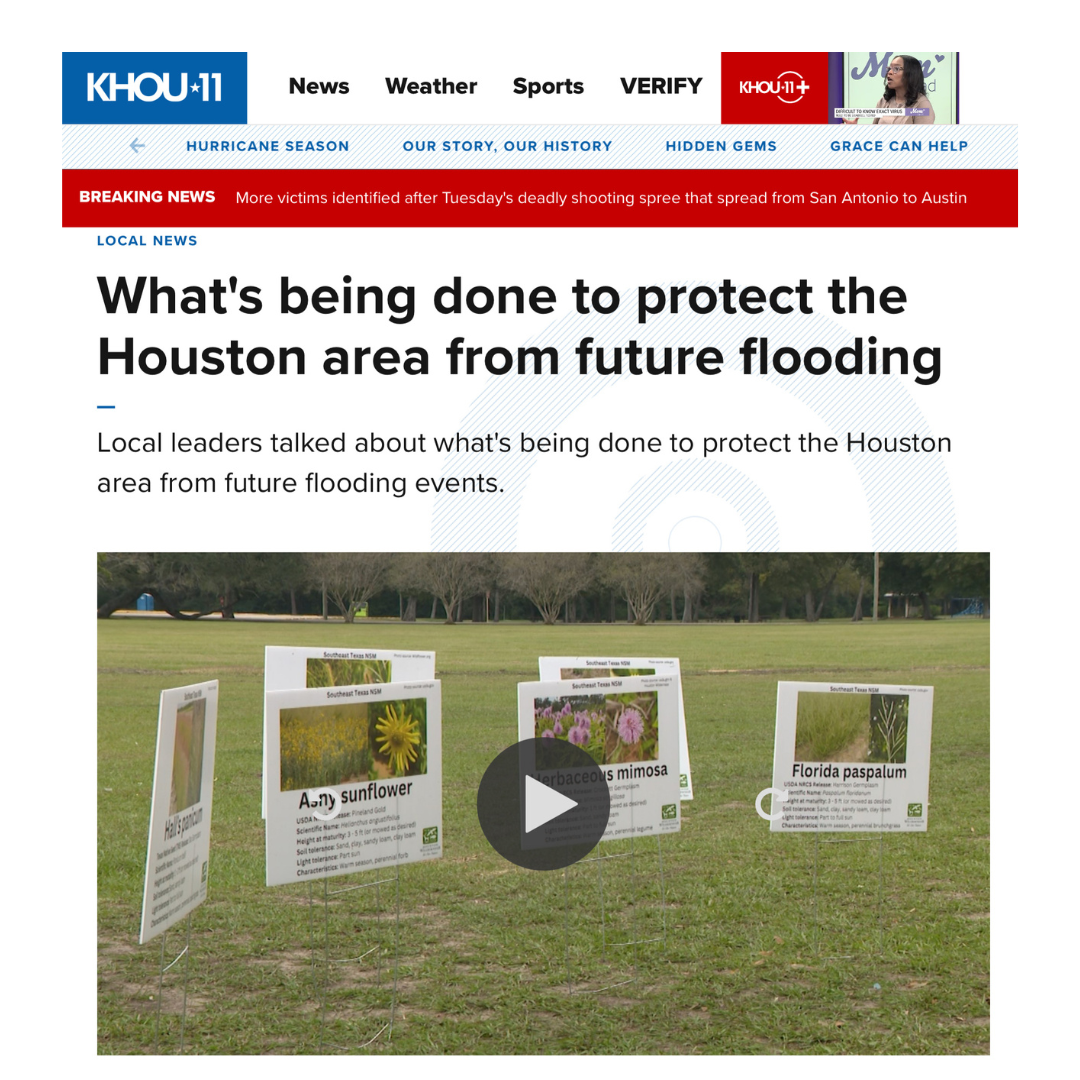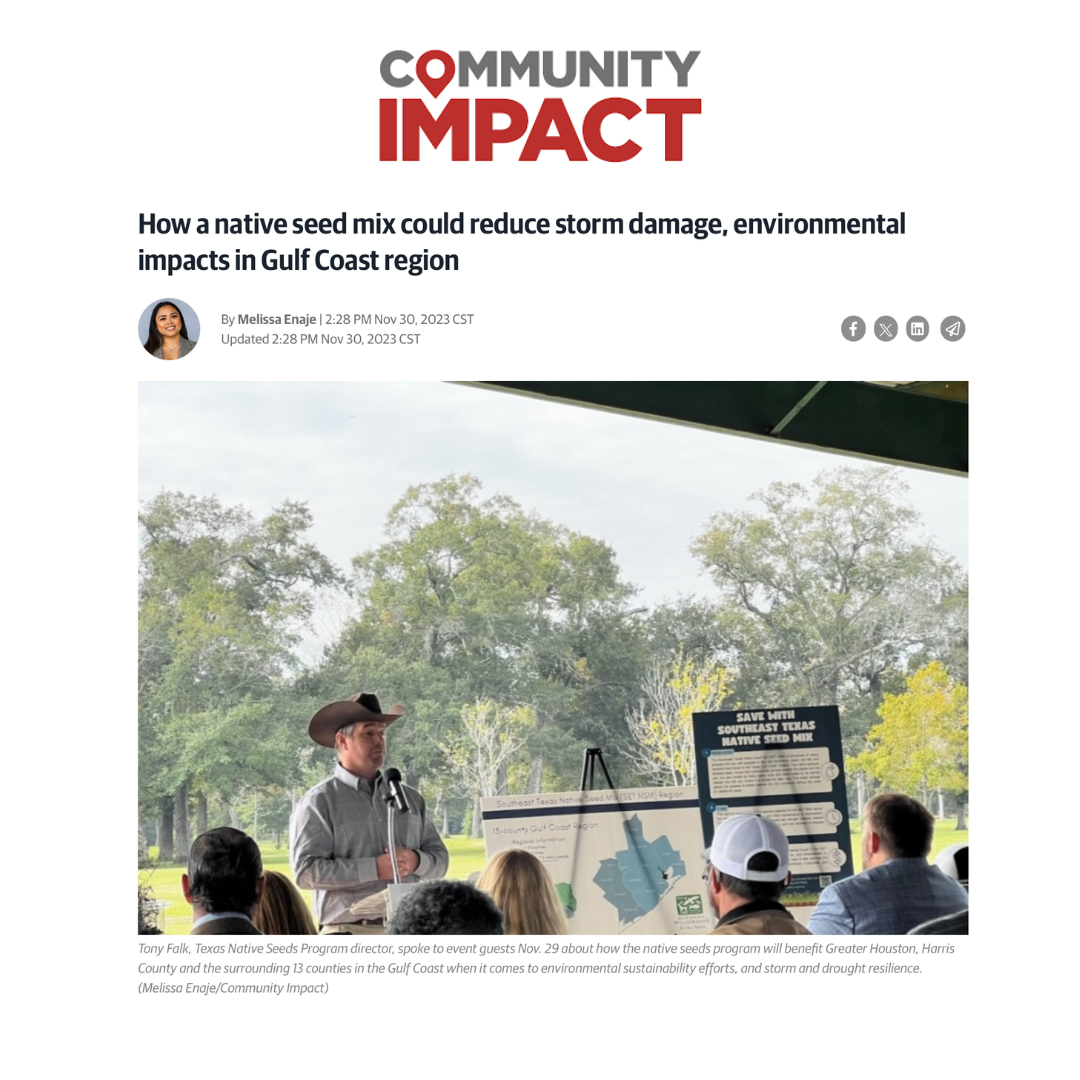COASTAL MARSHES
ABOUT THE COASTAL MARSHES
Beneath layers of marsh hay, hidden in strands of Olney’s Bulrush, and drifting among American lotus, lies a layer of life, often unseen but exciting to the chance witness and vital to residents, both human and wild.
Ecologically, change in salinity levels means change in vegetation. Different vegetation attracts different species of birds and insects. In this transitional zone, upland prairies give way to freshwater sloughs that wind their way through salt marshes ending on the shores of the Gulf of Mexico’s many bays. With this full continuum of marsh – from fresh to saline – tremendous biological diversity thrives.
In addition, coastal marshes serve as nurseries for fish and shellfish. The tiny animals that thrive in the mud and muck provide a feast for many bird and aquatic species. Marshes also serve as buffer zones that help slow and absorb storm surges that might otherwise do greater damage farther inland. They also soak up and filter rainwater before it enters underground aquifers.
Established in 1963, the 37,000-acre Anahuac Refuge is part of the National Wildlife Refuge System, a national network of lands and waters set aside for the benefit of wildlife. The management focus of the refuge (and its companion refuges, McFaddin and Texas Point) is to protect and manage the coastal marsh for migrating, wintering and breeding waterfowl, shorebirds and waterbirds, and provide strategic and crucial nesting areas for the neotropical migratory songbirds migrating across the Gulf of Mexico.
Southeast Texas is also one of the best places in the nation to see Alligators. During the spring, the sound of migrating songbirds is complimented by the bellow of alligators in search of a mate. Spring and fall are the best times to catch sight of these reptiles sunning themselves on the banks. Though not commonly seen during daylight hours, River Otter, Raccoon, Skunk, Muskrat, and Opossum are among some of the more common refuge residents. Bobcats are frequently seen crossing the roads or slipping through the vegetation early in the morning.
Visitors can bird-watch, hike, boat, fish and more in the ecoregion.
To read more about Coastal Marshes, download our atlas!
COASTAL MARSHES SITES
Anahuac National Wildlife Refuge
San Jacinto Battleground State Park
Download Houston Wilderness' List of Ecoregion Sites for information on sites in all 10 ecoregions.
TOP 10 FACTS ABOUT...
THE COASTAL MARSHES
1) Wetlands, like the ones that make up the Coastal Marshes of Texas, are in essence a transition zone between the upland prairies and the open water of the bays.
2) There are three major types of marshes on the Texas coast: salt water, true fresh water and brackish/intermediate marshes, an area with plants that can tolerate both fresh and salt water.
3) Texas Coastal Marshes are like an interconnected web of grasslands with areas of shallow open water, encompassing areas adjacent to Matagorda Bay, Galveston Bay and Sabine Lake, and ranging from narrow strips to vast wildlife refuges along the Louisiana border.
4) Wetlands, in contrast to marshes, dot the inland prairie and are only intermittently wet. Swamps and floodplain bottomlands are also wetlands, but are forested as opposed to grasslands.
5) Marshes are not ideal places for people to hike as they are rooted in dark, mushy soil that makes walking very difficult. It is much easier and more fun to experience the marsh systems in a kayak.
6) Long-legged wading birds, waterfowl, fish and Alligators are best suited for the challenge of navigating the marshes without disturbing or becoming entrapped by the sticky soil.
7) When flooded, the marsh becomes a shimmering sea of movement with schools of small fish and shellfish swimming below the surface.
8) Along the Texas coast, the tides are relatively small – ranging from one to two feet with the highest tides occurring during the fall with tropical storms.
9) In the spring, visitors can view Alligators sunning themselves in the Anahuac National Wildlife Refuge.
10) Historically, the Coastal Marshes were full of Otters and Muskrats, but they are far less common today.
Banner Photo by Wayne Wendel
